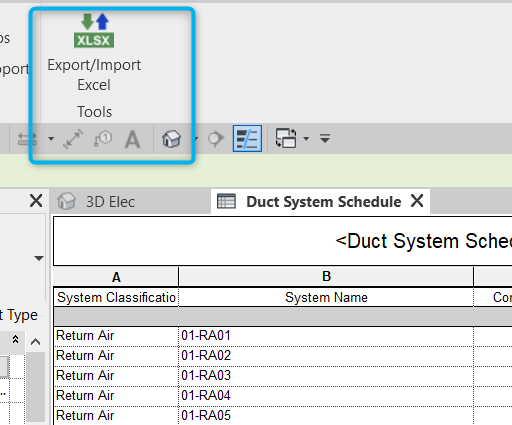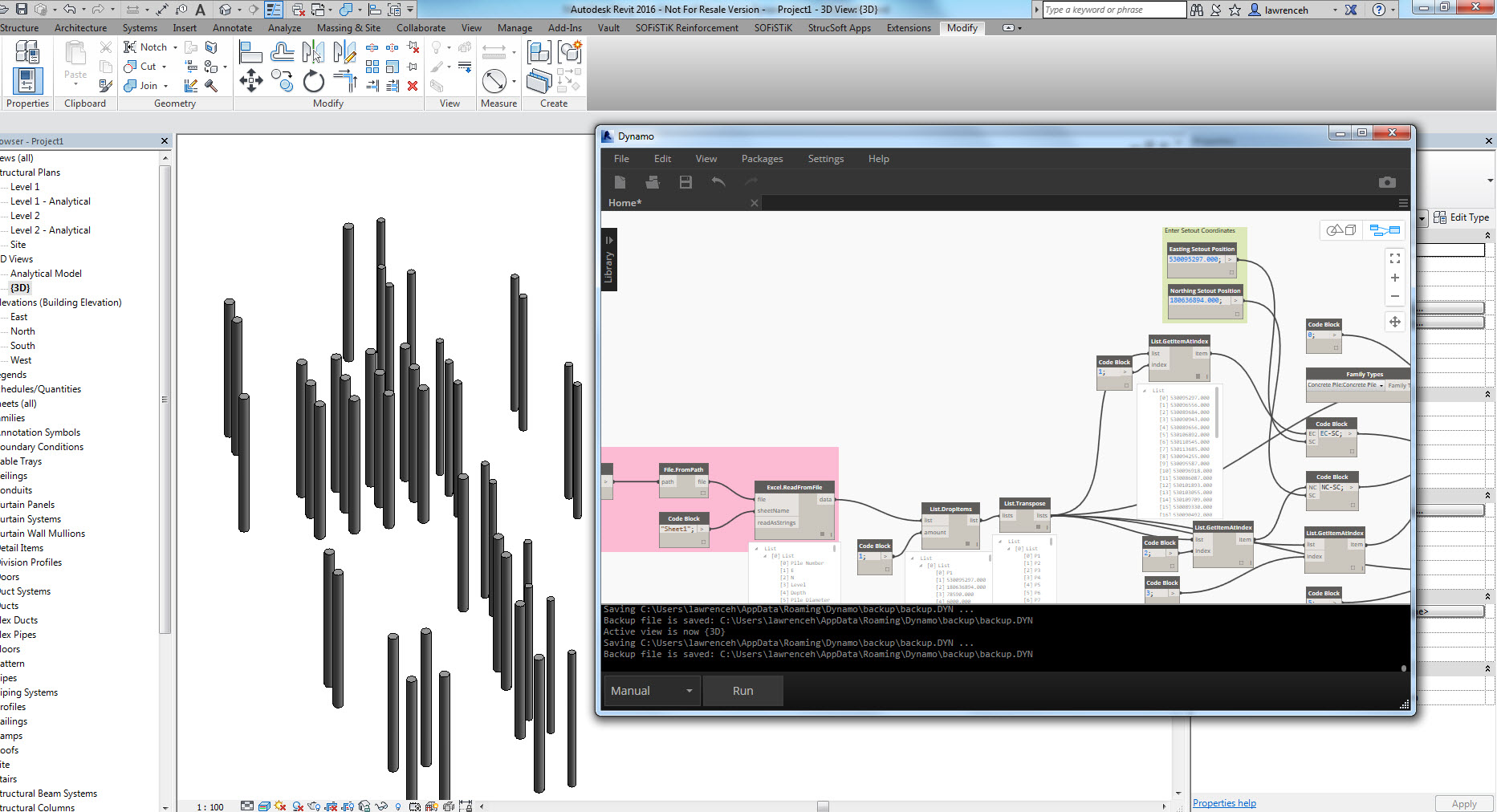Performance Satisfies Precision: Check Out Vital Revit Tools
Wiki Article
Understanding the Art of Data Integration: Exactly How to Seamlessly Import Excel Record Into Revit
Are you struggling to import Excel files into Revit efficiently? Look no additional! In this short article, we will direct you through the procedure of mastering the art of data combination. Discover the relevance of smooth combination in Revit and explore the Excel data format for Revit integration. Prepare to prepare your Excel information easily and follow our detailed guide to import data into Revit. With our best methods, you'll accomplish information integration success in no time. Allow's obtain started!Recognizing the Importance of Information Assimilation in Revit
Understanding the relevance of information assimilation in Revit is essential for seamless importing of Excel files. When you integrate data from Excel right into Revit, it allows you to efficiently manage and update information throughout the whole task. This combination makes sure that your style and construction process is exact and updated.By incorporating data, you can easily import and upgrade parameters, timetables, and also geometry in Revit. This removes the requirement for hand-operated data entry, conserving you time and lowering the danger of errors. With Revit's data combination capabilities, you can maintain uniformity and precision in your project, while additionally boosting collaboration amongst team participants.

Discovering the Excel Data Format for Revit Combination

In order to successfully integrate Excel data right into Revit, it is important to ensure that the information is formatted properly. This consists of appropriately identifying rows and columns, along with structuring the data in a means that is compatible with Revit's information schema. Revit uses particular criteria and classifications to organize information, so it is necessary to align the Excel information with these parameters to make certain a seamless assimilation.
Additionally, it is important to keep in mind that Revit only supports certain information kinds when importing from Excel. These consist of text, numbers, and dates. Any type of other information types, such as formulas or conditional format, will certainly not be identified by Revit and might create concerns during the integration process.
Preparing Your Excel Information for Seamless Import Into Revit
To make certain a smooth combination process, you'll need to appropriately format and tag the columns and rows in your Excel information before importing it right into Revit. Since it enables Revit to precisely analyze and arrange your information, this action is vital. Beginning by examining your Excel information and identifying which rows and columns contain pertinent details for your Revit project. Make certain to identify each column with a descriptive and clear header. This will assist you and others quickly recognize the purpose of each column and avoid complication throughout the import process.Following, guarantee that the data in each column is correctly formatted. As an example, if you have a column for measurements, see to it that all dimensions are regularly formatted in the same systems of measurement. Revit counts on consistent format to precisely analyze and import data.
In addition, it is essential to inspect for any kind of vacant cells or inconsistencies in your data. Revit may not have the ability to read or import data from cells that are vacant or consist of mistakes. For that reason, it is recommended to evaluate your Excel data and tidy up any variances prior to importing it right into Revit.
Step-By-Step Overview to Importing Excel Record Into Revit
When you've appropriately formatted and identified your Excel data, you can conveniently import it into Revit by following this detailed guide. To begin, open Revit and navigate to the "Insert" tab. Click on "Import CAD" and pick "Import Excel" from the dropdown food selection. A new window will certainly show up, asking you to find the Excel documents you intend to import. Search your computer system and pick the Excel documents, then click "Open."Next, a dialog box will certainly show up, enabling you to tailor the import settings. Right here, you can choose try this site the worksheet you wish to import, specify the series of cells to import, and select the ideal devices for your data. Once you have actually made your choices, click "OK" to proceed.
Revit will certainly currently display a sneak peek of your Excel information. Take a moment to ensure and evaluate the preview that every little thing looks appropriate. If required, you can make modifications to the import setups by clicking on the "Settings" switch.
Ideal Practices for Information Assimilation Success in Revit
Make sure you comply with these ideal techniques to guarantee successful assimilation of information in Revit. First and leading, it is important to organize your information in Excel before importing it right into Revit. This suggests making certain consistent calling conventions, correct format, and accurate information depiction. Next off, use Revit's integrated tools for data mapping. This will permit you to match the columns in your Excel data with the corresponding parameters in Revit. Bear in mind the information and units types when mapping the data, as any kind of discrepancies can result in mistakes in the combination procedure.An additional essential method is to on a regular basis validate and update your data. As your project advances, it is necessary to maintain your Excel data up to day with any type of adjustments made in Revit. This will certainly help maintain the accuracy and uniformity of your information across both platforms. In addition, utilize data validation devices within Revit to determine any mistakes or variances in the incorporated information.
Finally, it is advised to establish a clear operations for information assimilation. This includes defining roles and responsibilities, setting up an interaction network in between team participants, and establishing a routine tempo for information updates and evaluations. By adhering to these finest methods, you can make sure a seamless and effective combination of information in Revit, inevitably boosting the efficiency and accuracy of your job.
Final Thought
Finally, understanding the art of data combination is crucial for seamless import of Excel files right into Revit. Comprehending the importance of information assimilation in Revit is the primary step towards successful integration. Exploring the Excel documents format for Revit combination helps in recognizing the needs and restrictions. Preparing the Excel revit plugins data properly and adhering to a step-by-step overview is essential for a smooth import procedure. By following finest techniques, you can guarantee information integration success in Revit and make one of the most out of your project.When importing data from Excel right into Revit, it is important to understand the data format and how it can impact the integration procedure (revit tools). Revit uses certain specifications and classifications to organize site web information, so it is essential to straighten the Excel data with these criteria to ensure a seamless combination
Be mindful of the units and data kinds when mapping the data, as any kind of disparities can lead to errors in the assimilation procedure.
In addition, make usage of information recognition tools within Revit to determine any kind of mistakes or disparities in the incorporated data.

Report this wiki page